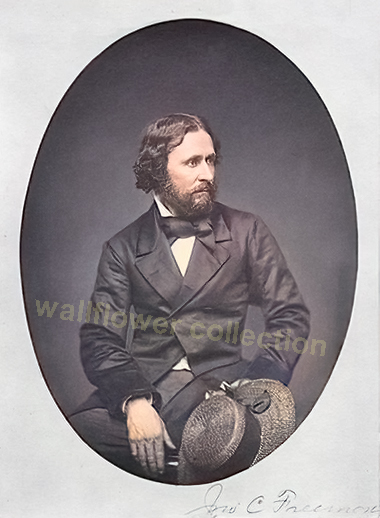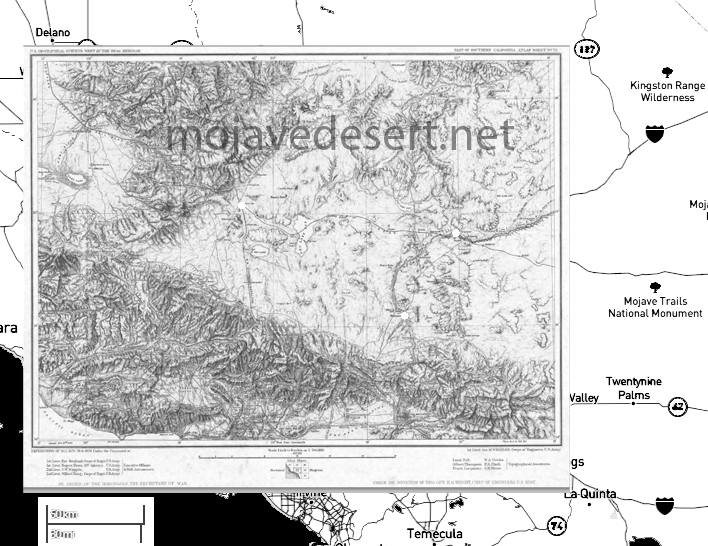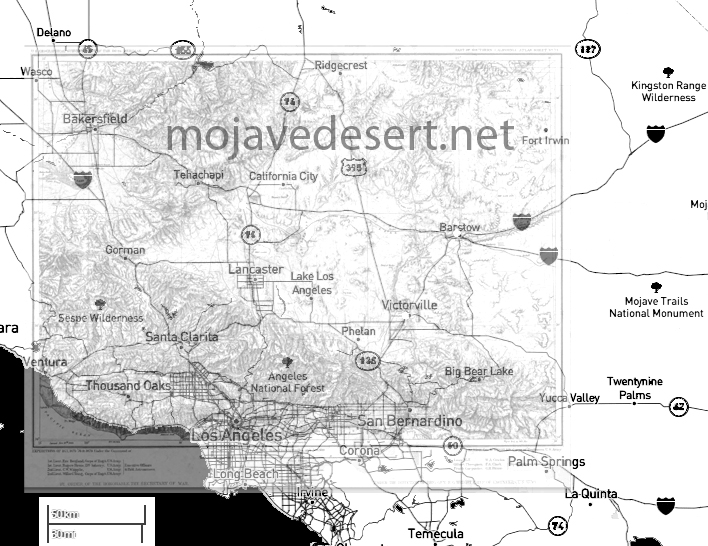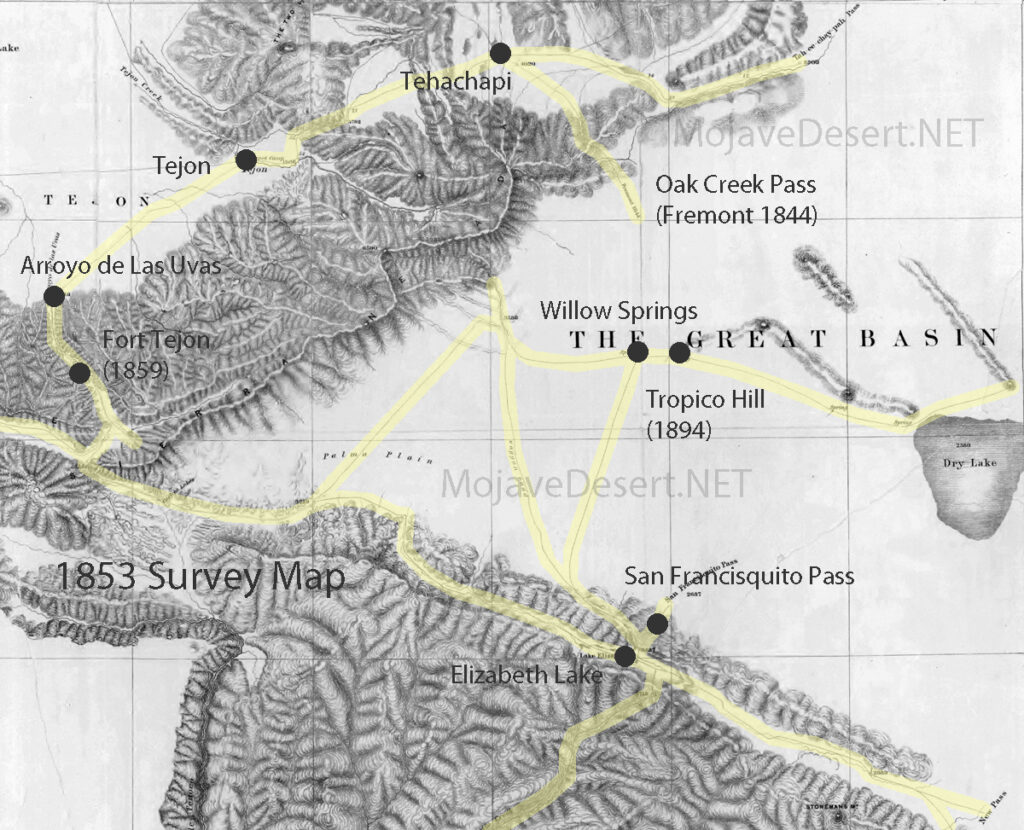The transition from wagon roads to steamboats and railroads marks a pivotal era in transportation history, characterized by dramatic improvements in speed, capacity, and reliability. This period, primarily occurring during the 18th and 19th centuries, was driven by technological innovation and the industrial revolution, leading to significant social, economic, and geographical changes.
Wagon Roads
- Characteristics: Wagon roads were an improvement over footpaths and wagon trails, often constructed with more durable materials and designed to support the heavy loads of freight wagons and stagecoaches. Despite these improvements, travel over land was still slow, expensive, and limited by weather and the physical condition of the roads.
- Limitations: The major limitations of wagon roads included their vulnerability to weather conditions, limited capacity for freight and passengers, and the physical toll on animals and vehicles. These limitations underscored the need for more efficient means of transportation over longer distances.
Steamboats
- Advent of Steam Power: The introduction of steam power in the late 18th and early 19th centuries revolutionized water transportation. Steamboats could travel upstream and against the wind, making river travel more reliable and opening up inland waterways that were previously difficult to navigate.
- Impact: Steamboats significantly reduced transportation costs and time, especially in the United States, where the extensive river systems became highways for the movement of goods and people. They facilitated the agricultural and industrial expansion into the interior regions, connecting these areas with domestic and international markets.
Railroads
- Technological Innovation: The development of the steam locomotive in the early 19th century introduced a new era in land transportation. Railroads could carry larger loads over longer distances at faster speeds than wagons, regardless of weather conditions.
- Expansion: The rapid expansion of the railroad network in the mid to late 19th century transformed economies and societies. Railroads made it feasible to connect distant cities and ports, greatly enhancing the movement of goods and people. They played a crucial role in the industrialization process, enabling the efficient distribution of raw materials and manufactured goods.
- Social and Economic Impact: Railroads had a profound impact on almost every aspect of society. They facilitated westward expansion in the United States, contributed to the growth of new cities, and were instrumental in the development of national markets. Railroads also accelerated the pace of industrialization, requiring and enabling the mass production of steel and other materials.
Conclusion
The transition from wagon roads to steamboats and railroads was a transformative period in transportation history. It was characterized by significant advancements in technology and infrastructure, leading to unprecedented changes in how goods and people moved across landscapes and waterways. This era laid the foundation for the modern transportation systems we rely on today, significantly shrinking the perceived size of the world and increasing the connectivity between different regions and cultures.









